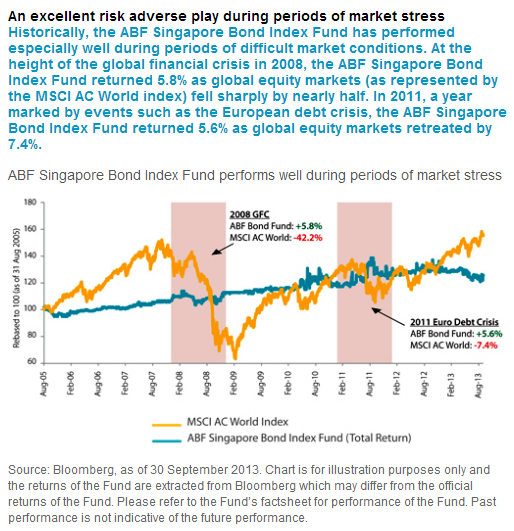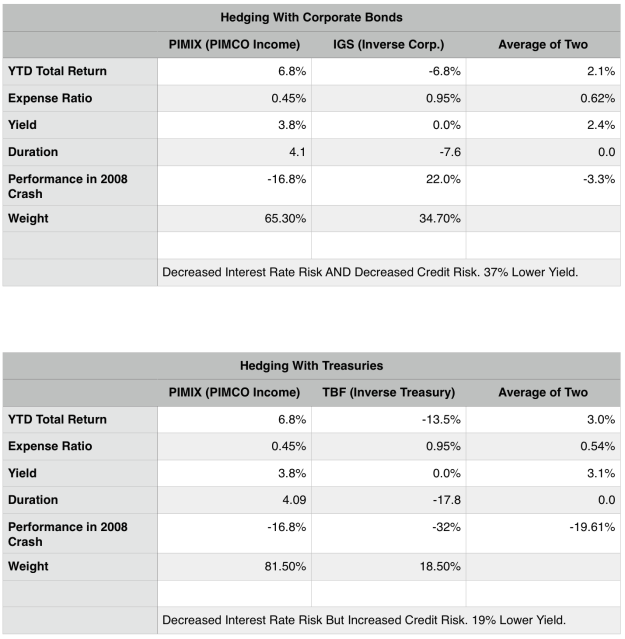Five Reasons Bond Funds Are Better Than ETFs
Post on: 24 Апрель, 2015 No Comment

Follow Comments Following Comments Unfollow Comments
Like many fund investors, I invest in exchange-traded funds, or ETFs. The equity portfolios I manage are usually a combination of top performing mutual funds and ETFs. ETFs allow me to access new areas of the market and the globe. iShares S&P Homebuilders (XHB ), for example, allows me to participate in the housing recovery.
But when it comes to fixed-income, I tend to select mutual funds over ETFs. This may surprise some investors, considering that the currently low-interest rates make the lower expenses of ETFs even more compelling. But when it comes to managing fixed-income portfolios, I tend to err on the conservative side. My goal is to manage risks and produce consistent positive performance, and I’ve found funds are usually the best option. Here are five reasons why:
- Bond funds can add value through active management. One of the tenets of index investors is that few active managers beat their benchmark index over time. In fixed-income, however, there are many managers who have beaten their benchmark consistently for many years. (Jeffrey Gundlach of DoubleLine and Bill Gross of PIMCO are two examples.) Just as important, active fixed income managers make risk management a priority by employing teams of credit analysts. This expert credit research helps reduce default rates and improve recovery results. Actively managed funds can also consider investing in less widely traded bonds that index-based bond ETFs may not have access to.
- Bond funds have proven track records. The first equity ETF, SPDR S&P 500 (SPY ) began 20 years ago, but bond ETFs are relatively new; the oldest bond ETF is just six years old, and most are less than three years old. Bond mutual funds, on the other hand, have been around for decades. I take comfort in knowing the actual performance of various bond strategies through good and bad markets. I’ve also found that bond funds that are designed to track major indexes have rarely been top performers.
- Bond funds can’t be sold short. Bond ETFs can be sold short, which means that bond ETFs can be sold, even by people who don’t own shares of the actual ETFs. Essentially, hedge fund managers and other active traders can buy individual bonds that they like and then hedge their overall bond market exposure by short selling an index-based ETF. This can lead to increased volatility in ETFs- especially for those that trade high-yield bonds. I have found that bond ETFs are generally more volatile than bond funds, and one of my goals in manage fixed income is to limit volatility.
- Bond funds trade at NAV. ETFs have arrangements with market makers to provide liquidity and ETFs can be traded throughout the trading day. But there is no guarantee that ETFs will trade at the value of their underlying net assets (NAV). Bonds are more expensive to trade than stocks, so most bond ETFs typically trade slightly above NAV to compensate ETF market makers for these added trading costs. In a down market, these same bond ETFs may trade below NAV, sometimes substantially, when there are more sellers than buyers and market makers are unwilling to bring the ETFs back to NAV. Because bond funds always trade at NAV, I know I won’t pay a premium at the time of my purchase and I also won’t risk selling below NAV if I happen to sell into a down market.
- Most important, at least so far, bond funds have generally offered better risk-adjusted performance. Consider the Vanguard Total Bond Market Fund, which has both a mutual fund share class (VBMFX) and an ETF share class (BND ). Since both tickers represent the same fund portfolio, they should have identical performance, and over time, they do. But BND is more volatile, partly for the reasons described above. Why accept greater volatility if you don’t get compensated by better performance? High yield bond funds like Janus High-Yield (JAHYX) or Fidelity High Income (SPHIX) have consistently performed better than high yield ETFs like SPDR Barclays Capital High Yield (JNK ) and iShares iBoxx High Yield (HYG ) and with less volatility.

Although I generally prefer bond funds, I do use bond ETFs at times. For example, if I’m adding to junk bonds in times of stress, I may buy JNK when it is trading at a discount. I also use bond ETFs when I’m investing in less volatile areas of the fixed-income market, like iShares Barclays 1-3 Year Treasury (SHY ) and iShares Barclays Short Treasury (SHV ).
Special Offer. Stocks recommended in Forbes Dividend Investor are beating the S&P 500 by more than 50% since July 11, 2011. Click here for a trial subscription with instant access to all picks and the Top 25 portfolio. Average yield is 5.7%.
When it comes to very short-term Treasuries, lower expenses add the most value. And some of the newer bond ETFs (like PIMCO Total Return ETF, BOND) show signs of being real competitors for bond funds down the road.
Over time my choices among funds will change, depending on which areas of the bond markets are excelling. But in most cases, I think I have a better chance at limiting risk (and ideally boosting returns) by sticking with open-end bond funds like DoubleLine Core Fixed Income (DLFNX), DoubleLine Total Return (DLTNX), Thompson Bond (THOPX), PIMCO Income (PONDX), and PIMCO Foreign Bond US Hedged (PFODX).














